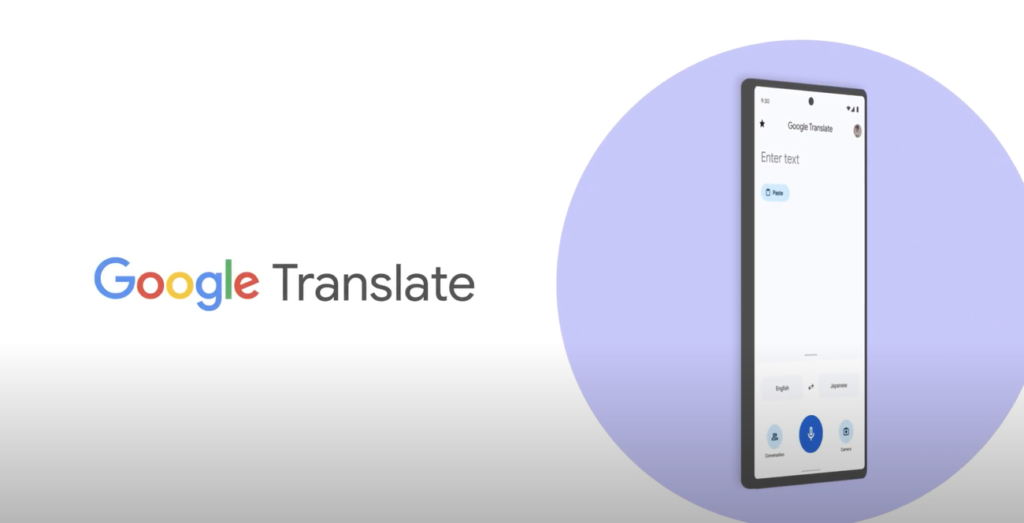In today’s interconnected world, effective communication knows no bounds. Whether you are a business expanding into new markets or an individual seeking to connect with a global audience, the ability to seamlessly transition between languages is crucial. One powerful tool that has revolutionized this process is Google Translate. This article explores the nuances of English to Spanish translation using Google Translate, uncovering its strengths, limitations, and providing tips for achieving accurate and natural results.
The Power of Google Translate
Google Translate has become synonymous with instant language translation, allowing users to bridge communication gaps effortlessly. With a vast database and advanced algorithms, Google Translate has made significant strides in delivering accurate translations across numerous language pairs, including English to Spanish.
1. Accuracy in Translation
One of the key strengths of Google Translate lies in its ability to provide accurate translations for everyday phrases and sentences. For simple, direct communication, it can be a reliable ally, ensuring that your message is conveyed clearly and comprehensively.
2. Vocabulary Expansion
Google Translate continually updates its database, incorporating new words and phrases to reflect the evolving nature of language. This ensures that even industry-specific or niche terms are translated with a higher degree of accuracy over time.

Navigating Complex Translations
While Google Translate excels in straightforward translations, nuances in language, cultural context, and idiomatic expressions can pose challenges. Understanding these nuances is essential for achieving translations that feel natural and resonate with the target audience.
1. Cultural Sensitivity
Language is deeply intertwined with culture, and translations must respect cultural nuances. Google Translate may not always capture these subtleties, so it’s advisable to cross-reference translations with native speakers or cultural experts to ensure appropriateness.
2. Idiomatic Expressions
Idioms and colloquialisms are inherent to every language, adding richness and depth to communication. Google Translate may struggle with these, often providing literal translations that lack the intended meaning. Manual review and adjustment are crucial in these instances.
Optimizing Your Translation
To maximize the effectiveness of Google Translate, consider the following tips:
1. Sentence Structure Awareness
English and Spanish often have different sentence structures. Being mindful of this can help you structure your sentences in a way that ensures smoother translations.
2. Proofreading and Editing
Google Translate is a valuable tool, but it’s not infallible. After receiving a translation, invest time in proofreading and editing to refine the text and address any inaccuracies or awkward phrasing.
Future Developments in Translation Technology
As technology advances, so does the landscape of translation tools. Google Translate continues to evolve, integrating machine learning and artificial intelligence to enhance its capabilities further. Staying abreast of these developments ensures that you leverage the most advanced tools for your translation needs.
Conclusion
In the ever-expanding digital age, the ability to communicate seamlessly across languages is a valuable asset. Google Translate, with its strengths and limitations, stands as a powerful ally in breaking down language barriers. By understanding its nuances and incorporating best practices, individuals and businesses can navigate the intricate path from English to Spanish with confidence.








Comments 2